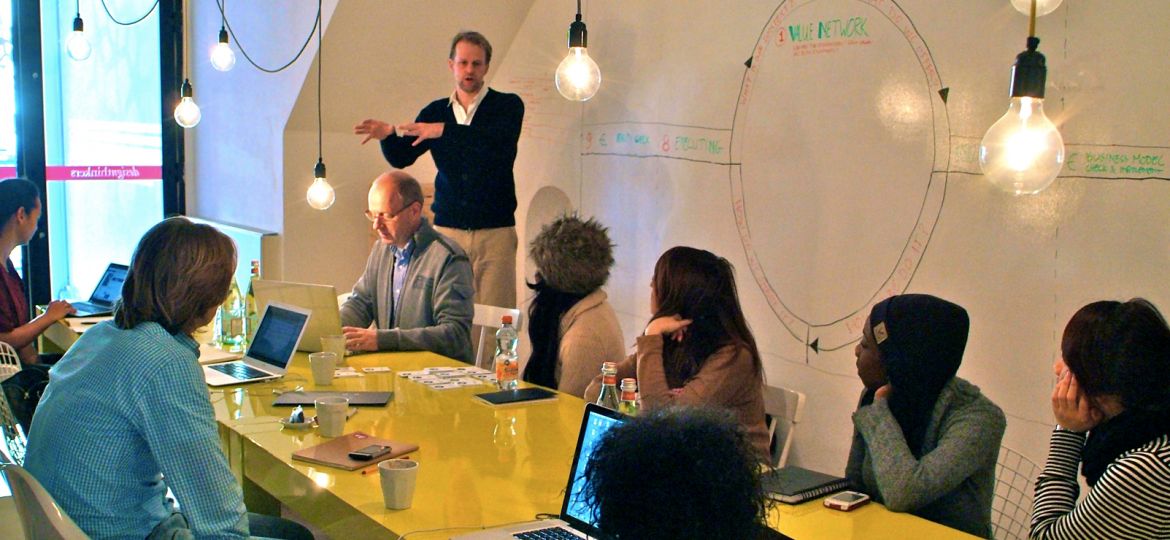
People keep asking me to define open innovation so it’s clear to me that plenty of confusion still reins around the topic so here I spend some time trying to ensure that we are all on the same page about how it’s defined and how it ultimately relates to other terms such as crowd sourcing, user driven innovation and innovation intermediaries.
It’s best to see open innovation as a philosophy or a mind set that you can embrace within your organisation, if you start here then you can’t go far wrong but a more formal way to view it is as a method to bring external and internal innovation together. As Henry Ford once said “coming together is a beginning, staying together is progress, and working together is success” and today we see many examples where companies that are building bridges between their internal and external networks have been dramatically successful, such as Unilever, Starbucks, Philips, MIT Media Lab and Xerox PARC.
Open innovation is in stark contrast to the old model of closed innovation where companies retained secretive, maniacal control of their R&D Intellectual Property and in addition to this I’ve also seen many examples where internal innovation departments have been siloed and forced to work on projects in complete isolation so if a discovery was leaked to the media the competition wouldn’t be able to conclude what it was the company was trying to build. While all of us can understand the reasons behind this mode of thinking it’s also fair to say that this closed approach to innovation slowed the process of innovation down and in many cases companies who worked in this way often bought innovations to market too late and lost first mover advantage which ultimately weakened their ability to capitalise on them and reduced their return on investment. Unfortunately for many these delays then meant that they didn’t realise the profits they were hoping to and ultimately reduced their ability to fund future R&D efforts.
Open innovation on the other hand, while it has some inherent risks, particularly about who actually owns the IP allows organisations to use crowd sourcing to gather together, in some cases, such as Unilever, hundreds of thousands of ideas very quickly and this in itself speeds up the process of innovation and helps companies reach first mover advantage faster.
All too often though companies can fall into the trap of using open innovation during the initial phases and once they have got their input they then do the reminder of the work themselves, while we can see why this might happen it’s not always the best method so I advocate trying to use open innovation methodologies during the back office and execution mode as well.
















